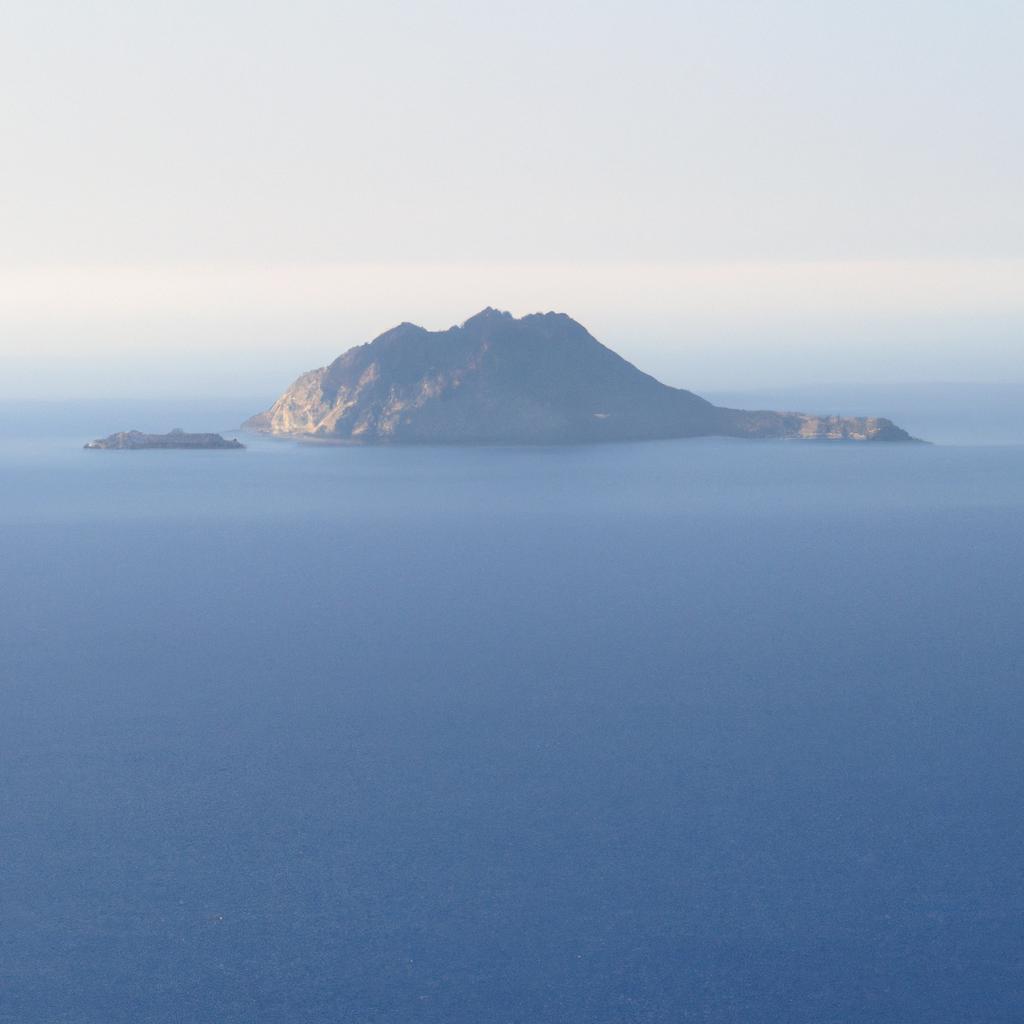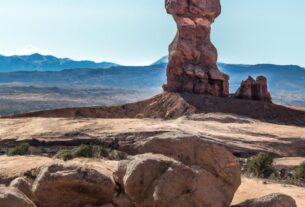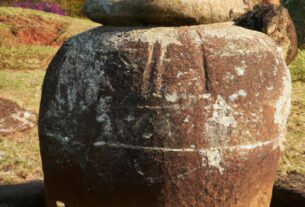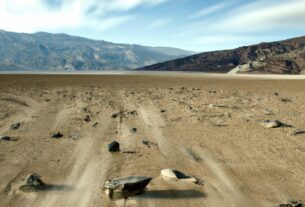Montecristo Island, nestled in the Tyrrhenian Sea, is a haven for nature enthusiasts seeking an unspoiled paradise. With its pristine beauty and rich biodiversity, it has become a prime destination for eco-tourism. A nature reserve in its own right, Montecristo showcases a unique array of flora and fauna, serving as a critical migratory stop for various bird species.
Journey Through Montecristo Island’s History and Geography
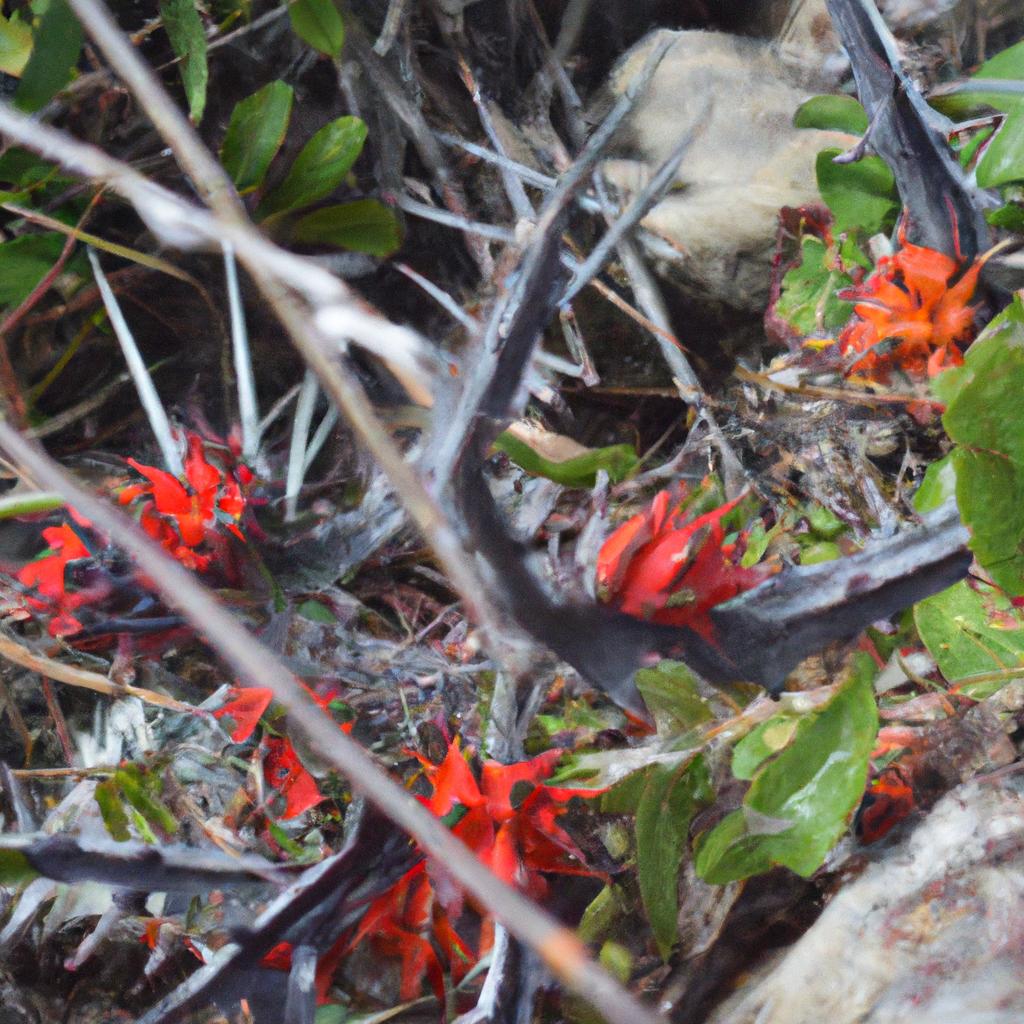
Unveiling the Island’s Origins
Montecristo Island, believed to have formed during the Pliocene period, originated from volcanic activity and now forms part of the Tuscan Archipelago National Park. Spanning a modest 10.39 square kilometers, this rocky island boasts towering cliffs that rise over 600 meters above sea level.
A Glimpse of its Unique Characteristics and Location
Situated approximately 60 kilometers west of mainland Italy, Montecristo sits between the islands of Elba and Corsica. Its rugged terrain has played a significant role in preserving its natural beauty and fragile ecosystem. With only a handful of park rangers residing on the island, Montecristo remains mostly uninhabited.
Tracing Montecristo Island’s Rich History
Montecristo Island’s captivating history dates back to ancient times, with evidence of Etruscan and Roman settlements discovered. Throughout the Middle Ages, the island served as a refuge for pirates and smugglers, thanks to its remote location. As naturalists and botanists discovered the island’s exceptional flora and fauna in the 19th century, Montecristo gradually earned recognition and protection. In 1971, it was declared a nature reserve, which it proudly maintains to this day under the Tuscan Archipelago National Park.
Discover the Flora and Fauna of Montecristo Island
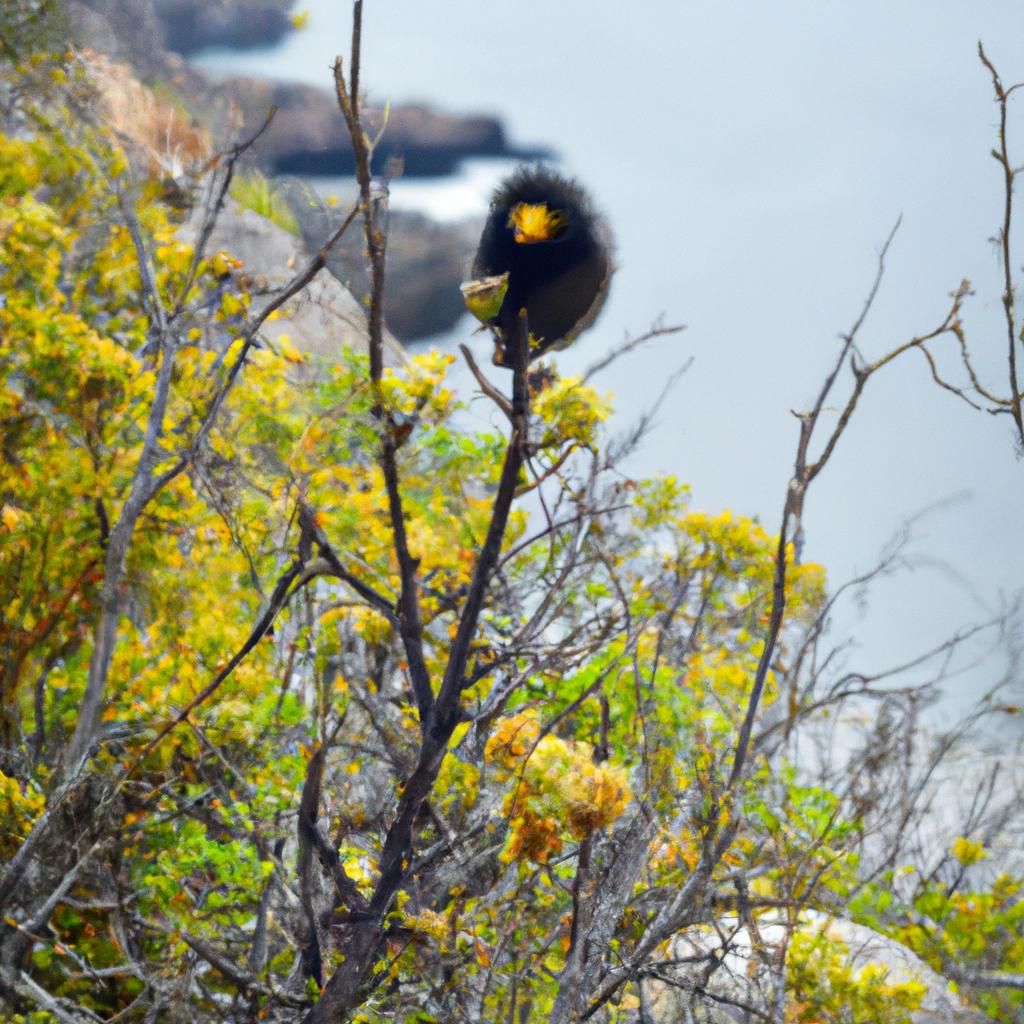
Montecristo Island’s biodiversity is the crown jewel that mesmerizes nature enthusiasts from all corners of the world. Its remarkable ecosystem, nurtured by its geographical isolation, supports a myriad of rare and endemic species.
Immersed in the Island’s Biodiversity
Montecristo Island’s diverse landscape encompasses Mediterranean scrubland, rugged cliffs, and lush forests, providing a habitat for over 400 plant species. Notably, the island’s endemic plants include the vibrant Montecristo broom (Genista desoleana), adorned with bright yellow flowers and spiny stems. Other noteworthy species that grace the island are the Montecristo heather (Erica multiflora), the Montecristo juniper (Juniperus phoenicea ssp. turbinata), and the Montecristo oak (Quercus ilex subsp. montecristensis).
Encountering Unique Species
Montecristo Island plays host to a range of exclusive species that call it home. The critically endangered Montecristo wall lizard (Podarcis siculus coeruleus) is one such reptile found nowhere else but here. The island also shelters various magnificent bird species, including the peregrine falcon (Falco peregrinus), the European shag (Phalacrocorax aristotelis), and the Eurasian scops owl (Otus scops).
Challenges to the Ecosystem
Despite its protected status, Montecristo Island faces several threats to its delicate ecosystem. Invasive plant species, such as the black locust (Robinia pseudoacacia), pose a significant risk to the island’s native flora. Furthermore, uncontrolled tourism and overfishing in the surrounding waters can have adverse effects on the island’s fragile ecosystem. Conservation efforts, including habitat restoration and monitoring programs, play a vital role in preserving Montecristo’s biodiversity.
Embarking on an Eco-Tourism Journey
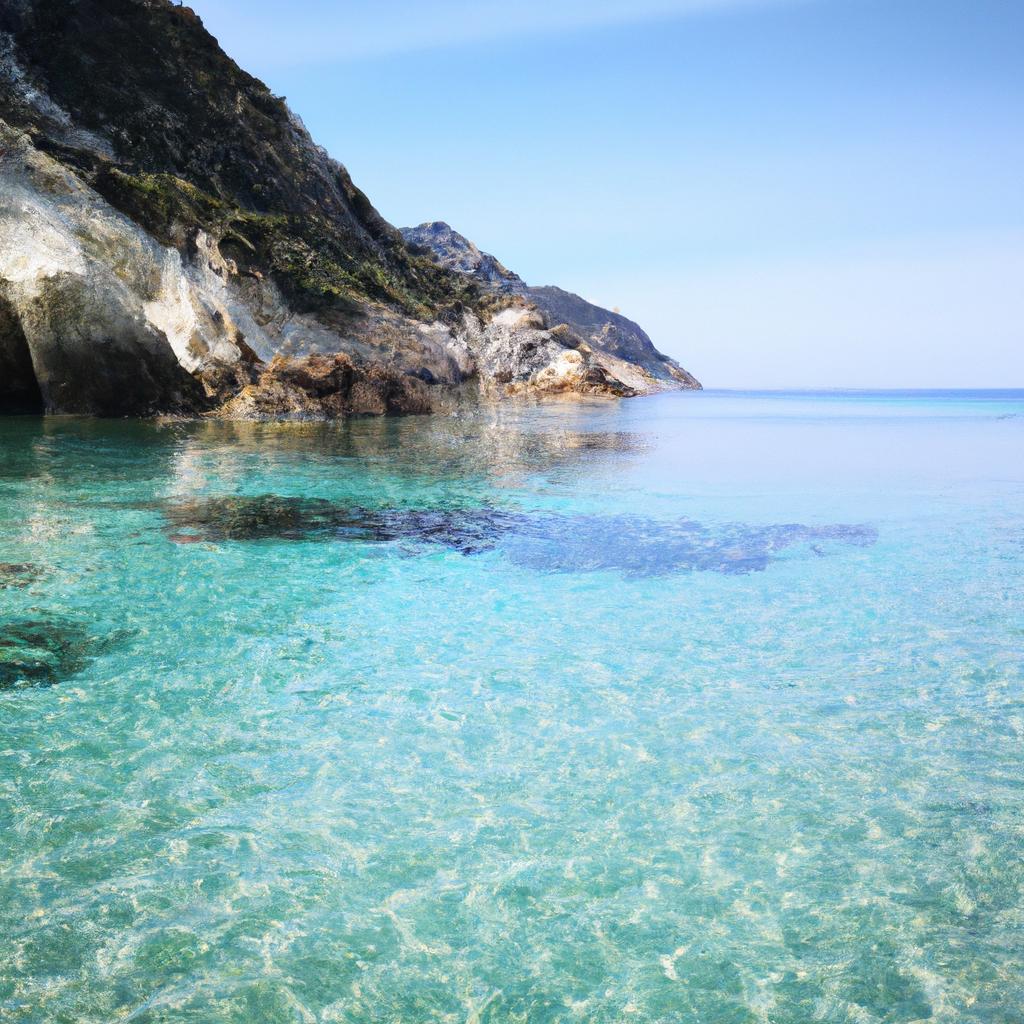
Montecristo Island welcomes visitors not only as a nature reserve but also as a playground for eco-tourism enthusiasts. Offering a plethora of activities, the island invites exploration, relaxation, and appreciation of its remarkable treasures.
Experiencing Memorable Activities
Hiking reigns supreme as one of the island’s most beloved activities. The numerous trails offer breathtaking vistas of the Mediterranean Sea, as well as a chance to encounter Montecristo’s enchanting flora and fauna up close. Adventurers can also take to the waters, exploring the island’s coastline by kayaking or embarking on a boat tour. For those seeking to delve beneath the surface, snorkeling unveils the vibrant underwater world of the Tyrrhenian Sea.
Navigating Accessibility and Transportation
To reach Montecristo Island, one can embark on a boat journey from the nearby islands of Elba and Giglio. Ferries and private boat rentals provide access to this secluded gem. It is crucial to note that access to Montecristo Island is restricted, and visitors must obtain a permit from the Tuscan Archipelago National Park Authority before setting foot on the island.
Embracing Nature’s Retreat
Montecristo Island’s purpose as a nature reserve means there are no hotels or resorts gracing its landscapes. However, an intimate guesthouse, overseen by the Tuscan Archipelago National Park Authority, offers a unique opportunity for visitors to immerse themselves in the island’s natural beauty.
In conclusion, Montecristo Island promises an unforgettable eco-tourism experience. Its breathtaking natural wonders, coupled with an array of activities, cater to every adventurer’s delight. As TooLacks, we wholeheartedly recommend journeying to Montecristo Island, supporting eco-tourism, and preserving its unique flora and fauna for generations to come.
Remember, the world brims with hidden treasures waiting for discovery, and Montecristo Island is undeniably one of them. Click here to find out more about TooLacks and the wonders that lie ahead.
